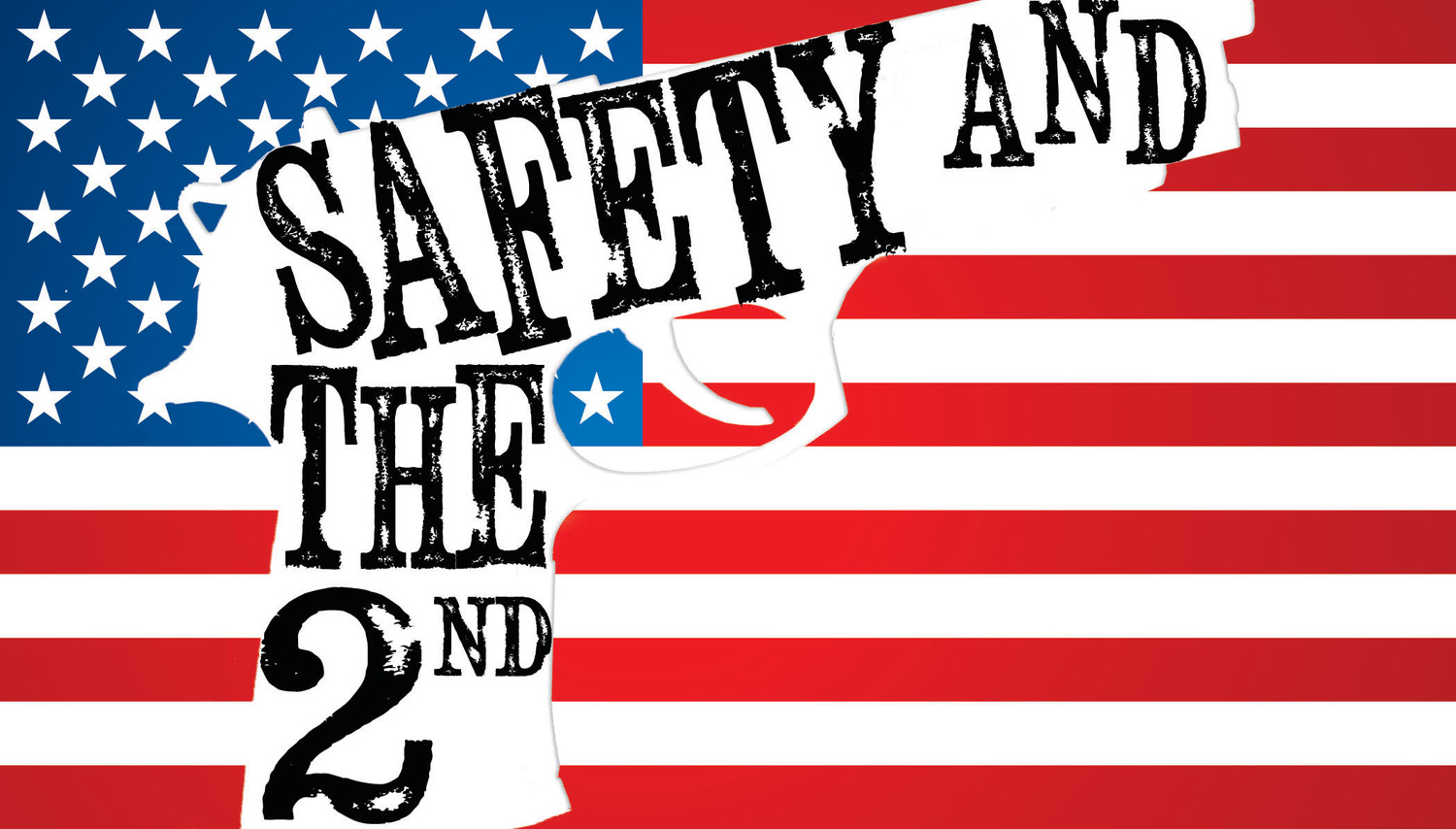Safety and the 2nd
In the 'golden hour of survival'
Long Island trauma surgeons talk about the reality of treating gunshot wounds
Posted
Part eight in an ongoing series.
It takes a roomful of cool heads and years of expertise to treat a gunshot wound. Even then, adrenaline runs high among emergency department staff, and the patient is never guaranteed to live — no matter where the bullet wound is on the body.
“Any gunshot wound can be fatal,” according to Dr. Narinder (Paul) Grewal. “Any bullet can potentially kill you.”
Grewal is an Arizona native, who now lives in Long Beach, and has been a critical care surgeon at South Nassau Communities Hospital in Oceanside for five years. Years ago, he was also a Navy Reserve surgeon, though he was quick to point out that his experience was strictly “civilian.”
The number of variables that contribute to the likelihood of survival after a person is shot is staggering, according to Grewal.
“You have to know the trajectory, blood loss, vascular trauma, the kind of missile injury, the force and vector,” he said. “And, depending on the type of ballistic you use, the [bullet] could change direction on the inside.”
A single round to the chest can be safely treated, but can also be fatal, Grewal said, depending on how quickly the patient gets help.
Emergency room insiders sometimes call that critical window “the golden hour of survival,” according to Joyce David, associate chairwoman of the department of emergency medicine at Long Island Jewish Valley Stream.
“So if you get to a hospital quick enough, and you get treated quick enough, your chances of survival increase,” she said. “It all depends on where the injury is.”
When a bullet lodges near the heart, treatment can be difficult. Trauma surgeons will open up the chest to determine if the heart is injured first; then, there may be a clot caused by the bullet, or even the muscle itself.
“If there’s a bleeding vessel, we’re clamping that off to stop that,” she said. “And it’s one thing to have survival, because your heart is going to continue to pump,” David added. “But you’re going to have neurologic recovery after that.”
Grewal said that the healing process after surviving a gunshot wound usually takes a year, but it all depends on the amount of inflammation and scarring — internal or external.
Sometimes, doctors may not even remove the bullet if it’s small enough, or lodged in a fleshy area, such as the buttocks.
“You could do more damage trying to get it out,” Grewal said, adding that bullets are generally sterile because of the force and heat involved in them landing in someone’s body.
Victims and their doctors do need to watch out for bullet migration within the body, which can happen over time, he added.
David said that she treats gunshot wounds every month or so, and that the adrenaline that comes with trying to save a patient who has been shot doesn’t change with experience.
“There’s not much that fazes us at this point,” she said. However, “we have to learn to take the emotion and the shock value out of it so that we can treat the patient.”
While treating a gunshot victim, the emergency staff operates as a “well-oiled machine,” she continued, and the process — when successful — can be gratifying.
She still remembers the first time she saw an emergency room team treat a gunshot wound.
“I was probably an intern, or maybe a student, and, I guess, when you’re that young, it’s impressive,” David said. “You see an entire team gathering around to treat the patient and increase their chances of survival, so at a young age, that was very impactful. You see what happens to a person as the result of one gunshot.”
The gunshot victim that Grewal remembers the most was a man who had suffered two gunshot wounds to the abdomen — a treatable condition under normal circumstances, except for the fact that he had been shot four times in the past.
“We were trying to save him, but he had so much scar tissue that the standard maneuvers to stop bleeding were unsuccessful,” Grewal said. “Most people haven’t been shot multiple times. We couldn’t get to where we needed to [with him] … and he died.”
David said that losing a patient makes an impression on the team every time.
“Unfortunately, the worst cases are the ones where people don’t make it,” she said. “Because you’re losing a life, and a family is completely changed. I think any violent event is usually very traumatic — stabbings just as much as gunshot wounds. Those are the most difficult, I think, to deal with.”
Report an inappropriate comment
Comments







